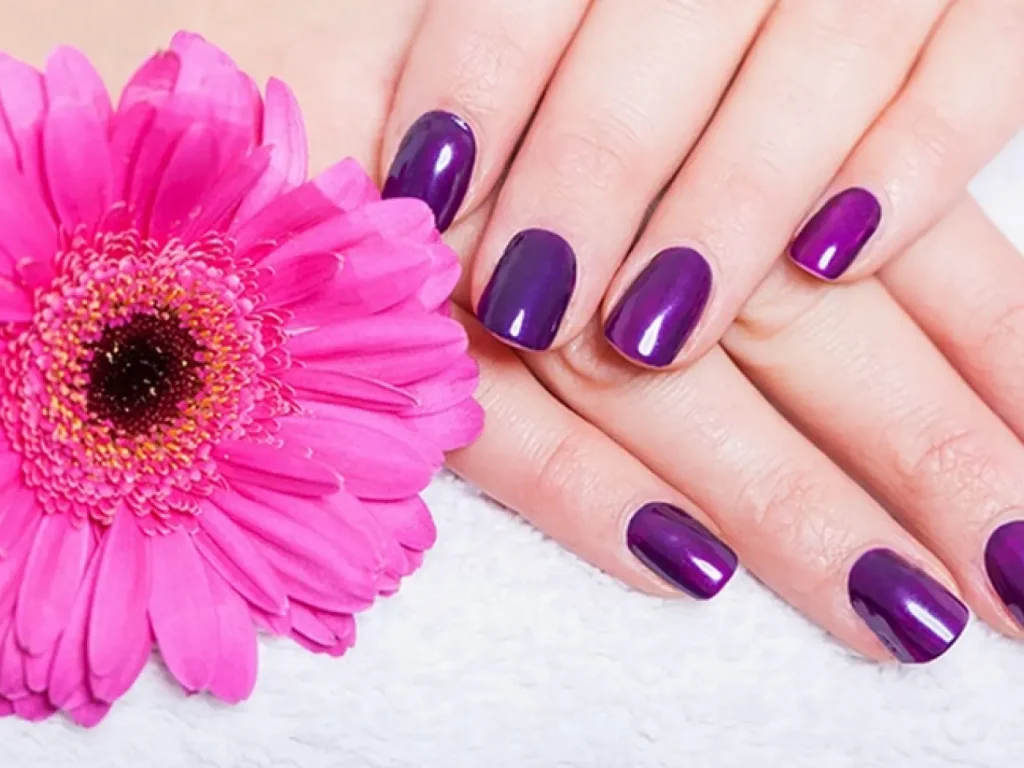Gel manicures have surged in popularity for their long-lasting shine and vibrant colors, but they also come with concerns regarding gel nail health and potential nail damage. A recent study highlighted the risks associated with UV light emitted from gel nail lamps, raising questions about gel manicure safety and its connection to skin cancer. It’s crucial to understand that the technique employed by a nail artist can be as important as the products used in these manicures. Choosing a skilled nail artist who prioritizes proper methods can prevent issues like peeling and brittleness, ensuring that your nails remain healthy. As the trend continues, maintaining awareness about the potential risks and best practices in gel manicures can help enthusiasts enjoy beautiful nails while safeguarding their well-being.
The thriving trend of gel nails, also known as gel polishes or shellac, has captivated many beauty aficionados across the globe. While these offerings promise a flawless finish and extended wear, it’s essential to consider the implications of prolonged exposure to UV light and its potential risks. Many individuals may experience confusion surrounding the safety of gel manicures, particularly regarding the techniques employed by nail technicians. By understanding how different applications affect nail sturdiness and overall health, enthusiasts can make informed decisions about their manicure choices. In essence, equipping oneself with knowledge about gel nail alternatives is key to achieving stunning results without compromising nail integrity.
Understanding Gel Manicures and Nail Health
Gel manicures have gained popularity for their durability and high-gloss finish, but they also pose questions regarding nail health. A common concern is whether these manicures contribute to nail damage over time. According to licensed nail artist Vanessa Cao, the product itself typically isn’t the culprit; instead, it’s essential to consider the techniques employed by the nail artist. Proper application and removal techniques are pivotal for maintaining healthy nails throughout multiple gel applications.
To ensure the best outcome from gel manicures, it’s crucial to prioritize nail care. This involves using non-acidic primers and avoiding harsh removal methods that can strip away layers of the natural nail. Hydration plays a significant role as well; employing cuticle oils and creams can help maintain nail integrity. Overall, when performed correctly, gel manicures should not lead to brittle or weak nails, making nail health a priority in salon practices.
Frequently Asked Questions
Do gel manicures cause nail damage?
Gel manicures themselves do not inherently cause nail damage; it largely depends on the nail artist’s techniques during application and removal. Improper practices, such as using acidic primers or aggressive removal methods, can lead to weak and brittle nails.
How can I protect my nails during gel manicures?
To protect your nails during gel manicures, ensure your nail artist uses gentle techniques. Hydration is crucial; regularly apply cuticle oil and lotion to keep your nails moisturized. Also, consider wearing gloves while doing household chores to prevent excessive moisture exposure.
Are there any health risks associated with UV light in gel manicures?
Yes, there are concerns regarding UV light risks associated with gel manicures. Recent studies suggest a potential link between UV exposure from nail lamps and skin cancer. To mitigate this risk, apply sunscreen to your hands or use fingerless gloves during the application.
What should I know about soft vs hard gel manicures?
Soft gel manicures can be easily removed with acetone, while hard gel manicures require abrasives for removal. Understanding these differences is important for nail health as improper removal techniques can lead to damage.
How can I maintain nail health after a gel manicure?
To maintain nail health after getting gel manicures, avoid using your nails as tools, keep them hydrated, and regularly apply cuticle oil. If you notice any signs of damage, consult your nail artist for advice and consider taking breaks between manicures.
Is it safe to get gel manicures frequently?
If administered by a skilled nail artist using proper techniques, gel manicures can be safe without needing breaks. However, monitor your nails’ health and take breaks if you experience any damage or brittleness.
What are the best practices for gel manicure application?
Best practices for gel manicure application include using non-acidic primers, applying gel in thin layers, ensuring proper curing times, and gently removing the product using appropriate methods to avoid nail damage.
| Key Points |
|---|
| Gel manicures may increase skin cancer risk due to UV light from lamps. |
| Nail damage often results from improper techniques used by nail artists, not the gel itself. |
| Gentle removal and preparation are crucial to avoid brittle nails. |
| There are two types of gel: soft (soak-off with acetone) and hard (requires abrasives for removal). |
| Maintaining hydration with cuticle oil and lotion is essential for nail health. |
| Wear gloves during cleaning or dishwashing to protect nails from prolonged water exposure. |
| Experts advise caution regarding UV exposure and suggest using sunscreen or gloves during gel manicures. |
Summary
Gel manicures have become a popular choice for individuals seeking a long-lasting, glossy finish for their nails. However, with recent studies suggesting a connection between the UV light used in gel nail lamps and an increased risk of skin cancer, it’s essential for consumers to be informed. It’s clear that while gel manicures can potentially impact nail health, proper techniques and products are key in minimizing any damage. By prioritizing nail care and being cautious with UV exposure, individuals can enjoy gel manicures while keeping their nails healthy and safe.

